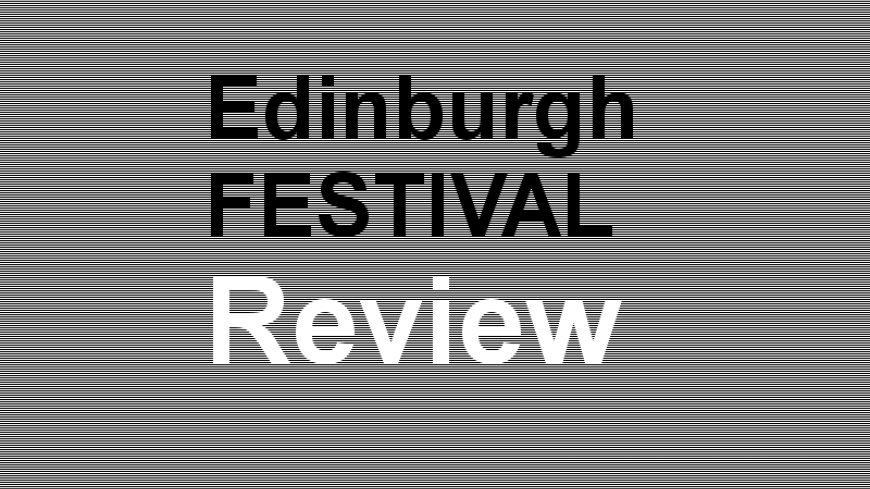
Sadly a monsoon-like downpour reduced the size of the audience for Hilary Roberts, but those who braved the elements were treated to a fascinating hour of pictures from her new book, 'The Great War - A Photographic Narrative'. In the Chair was Sheena McDonald who introduced Hilary Roberts as the Curator of Photography at the Imperial War Museum; her book, she said, was some five hundred pages in length with the same number of Great War images and very much a coffee table book.
Hilary Robert started by saying that the Great War - or the First World War as we now call it - had many firsts: the first tanks, the first aircraft in combat, and it was the first conflict where photography had played a major part in recording the scenes of war and being used actually for military purposes.
She said that by 1914 all the technology was in place and that by 1888 and until the war started, Kaiser Wilhelm had been using photography extensively to project his image to the German people. He actually recruited some twenty photographers to take pictures of his visits and everything he did. So we have an extensive record of the Kaiser's engagements and his attendance at the various military manoeuvres that were held each summer right up to the start of the war.
Greater impetus was achieved when George Eastman started to produce the 35mm film which could be used by anyone to take snapshots. By 1914 there were many amateur photographers, but what was lacking was the infrastructure to manage photography.
Roberts showed the audience a photograph taken from the air in 1914 at Netheravon in Wiltshire which was intended to merely show what the camp looked like from the air, however, someone with a keen eye saw that tracks could be picked out and noted that these remained visible for several days. This was the start of photography being used for military reconnaissance purposes.
Then there is the famous picture taken in Sarajevo of the Archduke Franz Ferdinand and his wife, Sophie, on 28th June 1914, just as they were about to get into the car, just before they were shot on the Latin Bridge over the River Miljackae; Roberts also showed a picture of one of the conspirators being arrested. Roberts said that when she visited Sarajevo recently, that copies of these photographs were on sale everywhere.
With mobilisation there are pictures covering the mobilisation of the armed forces on both sides. In the early days there were many photographs - many using what George Eastman called the 'Soldier's Camera' which was a simpler version of the professional camera. Incidentally most of these had lenses made in Germany! However, by 1915 cameras were banned and the ban was enforced strictly throughout the army. Of course, you were not officially permitted to keep a diary either, although many did so.
In the early days many of the photographs were stage managed and contrived. These were done well and it is sometimes hard to see whether a picture has been created this way. However, Roberts showed us a genuine picture of a desecrated grave of a Belgian soldier where a hand could be clearly seen sticking out of the ground - a sad commentary on the brutality of war. There were also photographs taken at the time of the famous 'Christmas Truce' where German and British soldiers are seen together. Photography covered all areas and all theatres of war; we saw pictures from Gallipoli together with some of the photographs taken by the nurses of various groups of men from different units.
One of the last photographs in the book is a sound-trace which shows the noise of the guns firing right up to eleven o'clock on the 11th November 1918 and then silence thereafter. With the Armistice came the crowds outside Buckingham Palace - all looking sombre and reflective as they realised the huge losses that had been sustained. There was no rejoicing, no celebrations. We saw the famous picture of the humiliation of Germany when the formal documents were signed in the railway carriage. And then there was the picture of the coffin containing the body of the 'unknown soldier' lying in Westminster Abbey; at the time this became the focus for marking the sacrifice of the fallen.
Finally Roberts suggested we look behind the pictures and evaluate the briefing that the photographers would have received from their national Ministries as all tended to be different and this can bring a very different slant on the photographs that are taken.
This was a really fascinating and beautifully illustrated talk by a real expert; it is a shame that the weather kept some of the audience away - the book will be hugely popular as there are some wonderful images.

